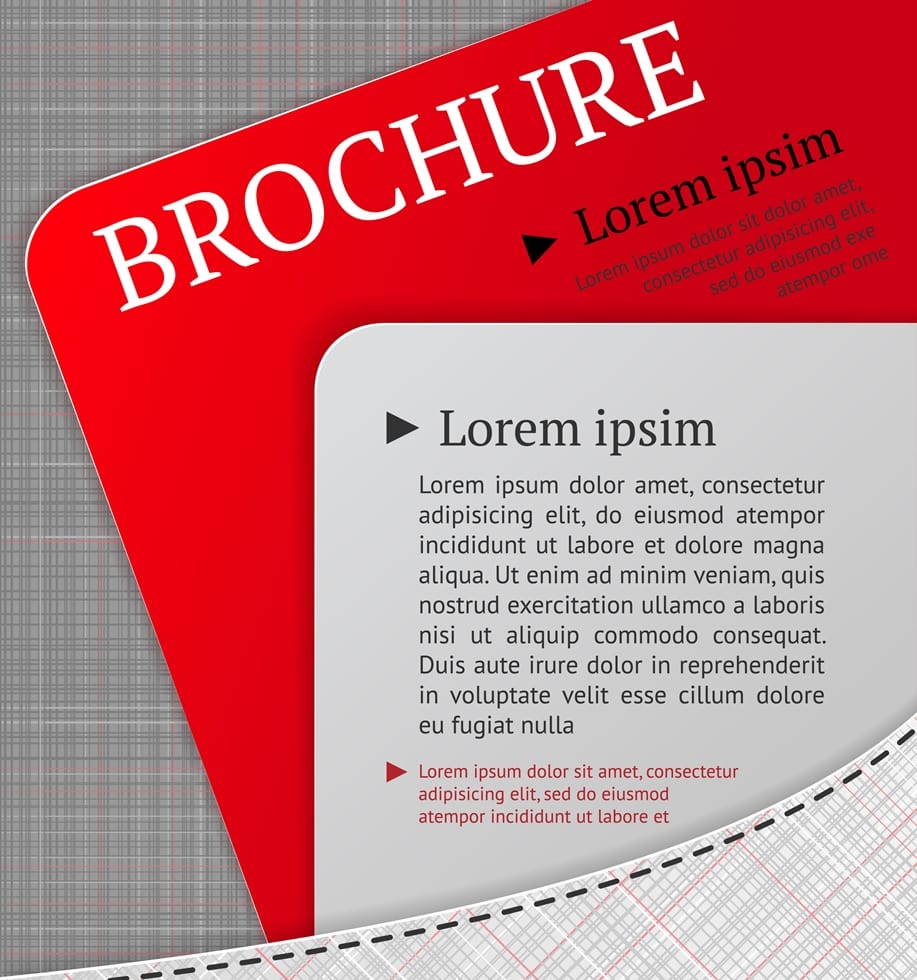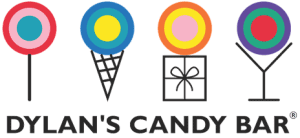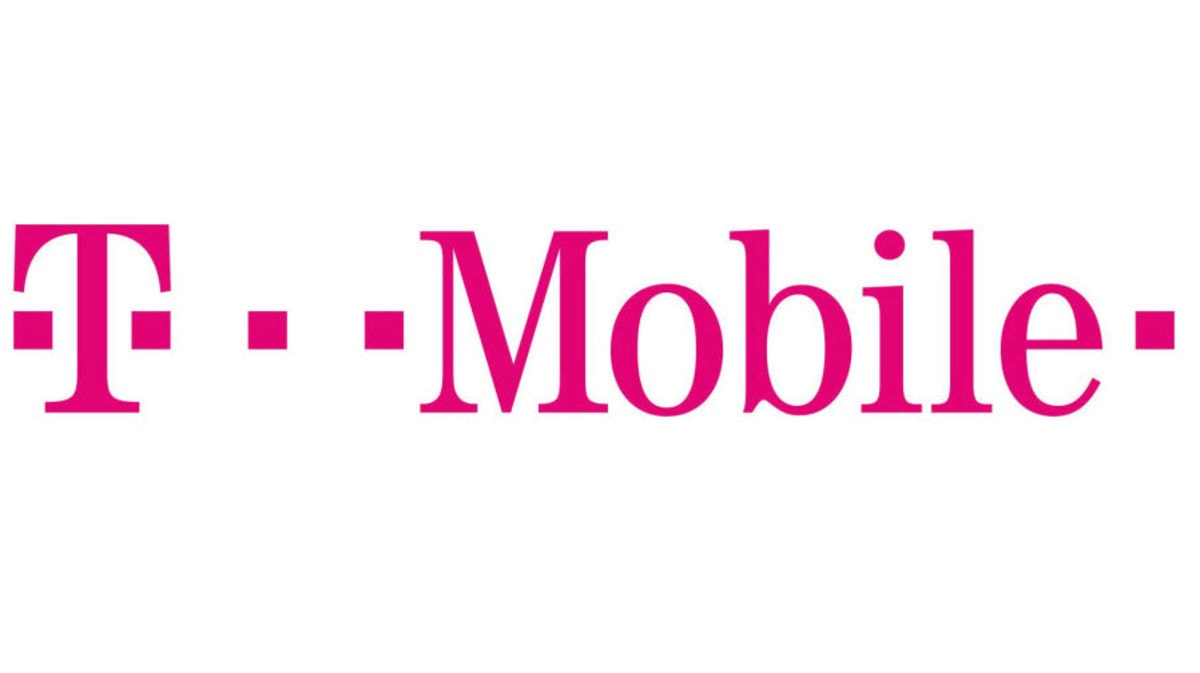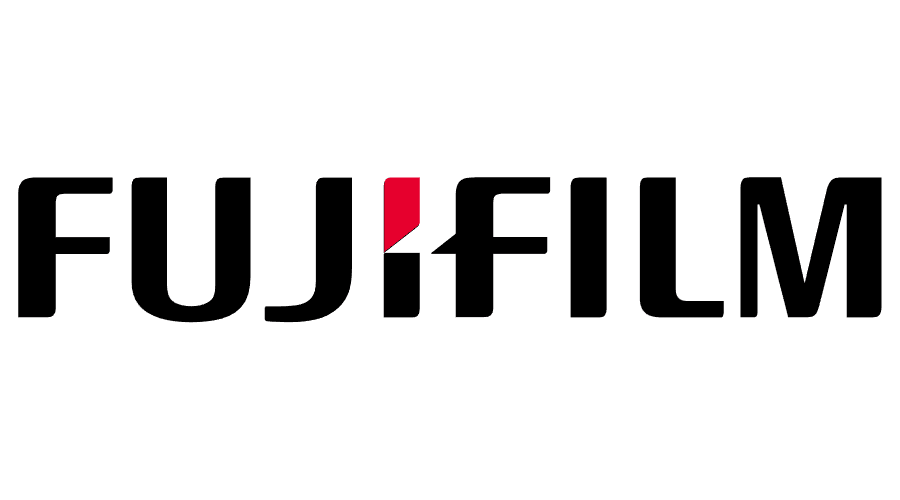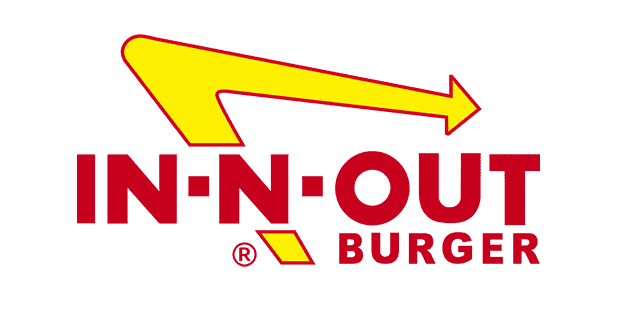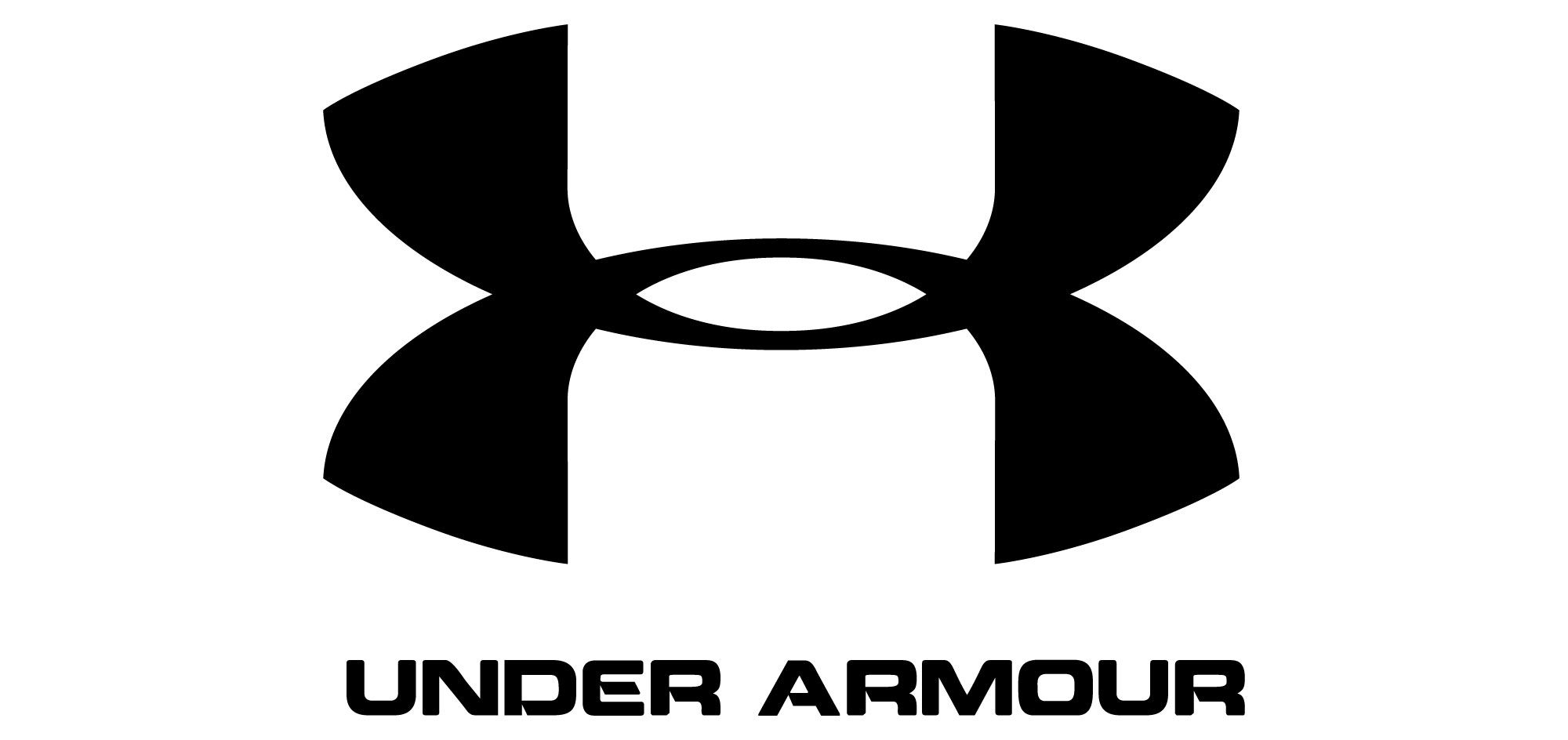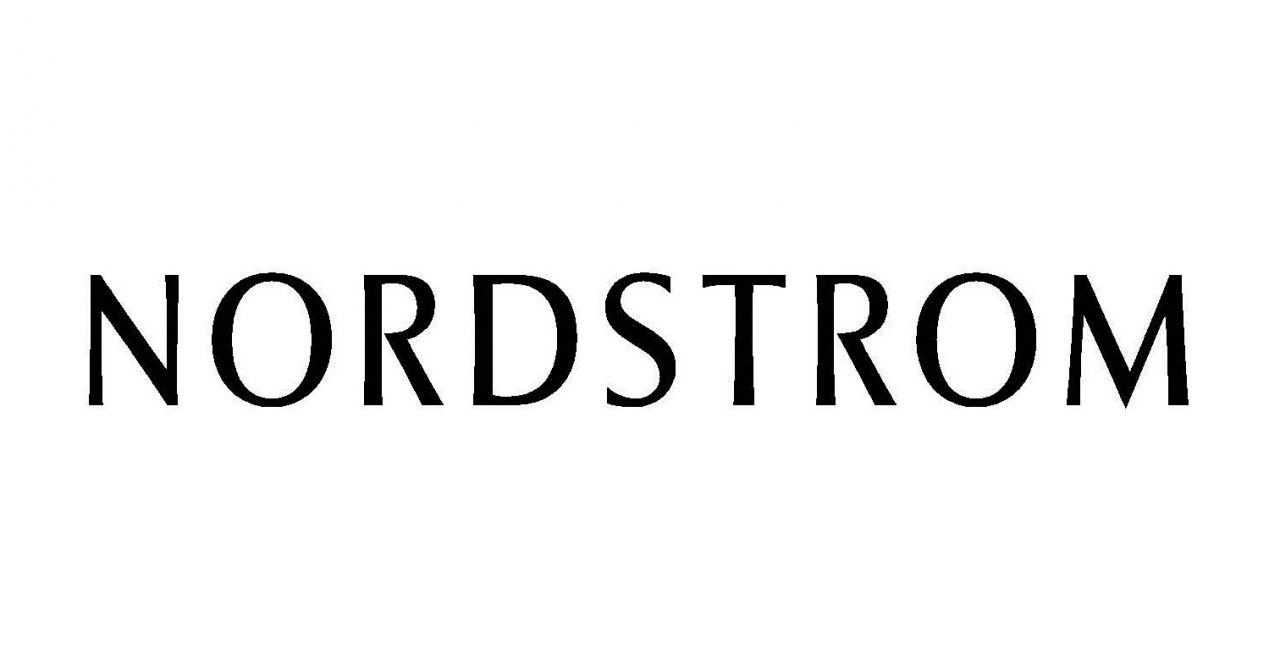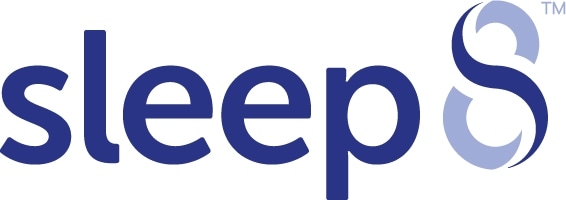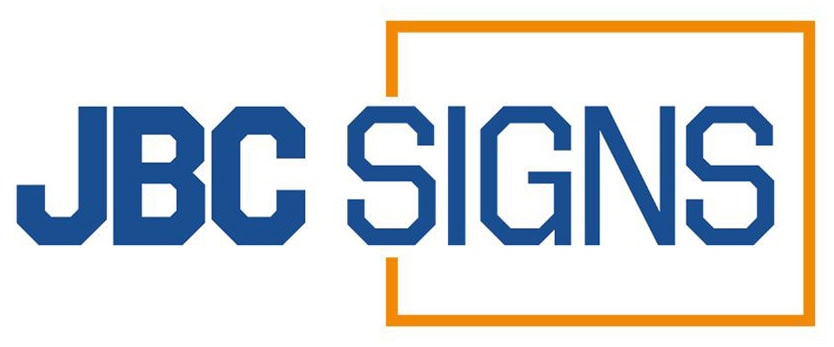Key Takeaways
- Craft a Compelling Introduction
Start with an attention-grabbing headline and a clear opening message. The introduction should immediately communicate what the brochure is about. A strong start encourages readers to continue. - Organize Content Logically
Use clear headings, short paragraphs, and bullet points for easy reading. A structured flow ensures information is absorbed quickly. Well-organized content improves engagement and retention. - Incorporate High-Quality Visuals
Use relevant images, icons, or infographics to complement text. Visuals break up large text blocks and make content more appealing. Professionally designed graphics enhance clarity and credibility. - Highlight Key Information Effectively
Use bold text, bullet points, and color contrast to draw attention to important details. Emphasizing unique selling points ensures readers focus on what matters. A well-structured design keeps key messages clear. - Conclude with a Strong Call to Action (CTA)
End with a clear, direct action step, such as calling, visiting a website, or making a purchase. A strong CTA guides the reader on what to do next. The right wording increases response rates.
Many business owners think of brochures as corporate documents explaining their business to people. This isn’t far from the truth, but it’s not on the bullseye either; a brochure is equal parts informational document and persuasive advertisement.
Just like the design of a banner ad or newspaper ad can affect its response rate, the design and layout of your company’s brochures can have a significant effect, either positive or negative, on their response rate and return on investment.
Structure your brochure right and you’ll gradually warm prospects up to your offer and generate responses. Structure it the wrong way and you’ll end up with very few convinced prospects and a great deal of lost attention.
In this guide, we’ll break down the structure of an effective brochure into five parts, from heading to call to action, to help you design, write and publish more profitable and effective brochures for your business.
Heading
The heading is the first thing readers will notice, so it’s important to get it right. A great heading will draw in prospects and encourage them to read the rest of your brochure; a bad one, on the other hand, will quickly repel them.
The best headings catch your audience’s attention and give them a reason to read on. They’re often provocative, thought-provoking, funny, controversial, interesting or straightforward and simple.
Your heading should give readers an idea of what to expect, making it easy for them to continue into your subheading and copy. Don’t be too clear – a little bit of mystery is a good thing – but let readers know what to expect to avoid losing them.
Subheading
The subheading expands on the themes mentioned in your heading, giving readers a more complete description of your product, service or brand. A heading of “We Have The World’s Most Effective Vacuum Cleaner” could be followed by:
- “Clean your whole home in less than 10 minutes!”
- “Designed for carpets, wooden flooring and tiles!”
- “Now learn how you can use it to clean your home!”
A good way to write effective subheadings is to think of the text as a caption for your heading. Just like a caption below an image explains and expands on the content you view in the image, a good subheading expands on the topic of the heading.
Image (and caption)
Images are hugely important in marketing documents, particularly in brochures and other items that are largely visual. A good image can increase the number of people that read your brochure and convince more readers to take action on your offer.
Choose an image that either matches your target audience (for example, a successful middle-aged male in an advertisement for golf clubs) or matches what your audience wants to be.
It’s also important to use a caption below your image. People typically read captions before viewing the image they’re related to, making a caption a great opportunity to introduce a benefit or product or unique selling point.
Sales copy
While your heading catches the audience’s attention and your subheading explains your product in greater detail, it’s your sales copy that draws readers closer to your product and finally encourages them to take action.
Good copy is descriptive, interesting, engaging and action-focused, encouraging the audience to learn about the product or offer. It’s also typically focused on the offer’s benefits for customers, rather than its features or technical specifications.
If your brochure isn’t drawing people in, or you notice that people finish reading but fail to take action, your copy may be failing to connect with your audience and bring them into a buying mood.
Call to action
Every effective brochure ends in a call to action – a message encouraging readers to call your business, visit your website, drop in to your store or send an email in order to learn more about your offer.
Without a call to action, only a fraction of your readers will respond to your message and act on it. An engaging call to action mobilizes your readers and makes them act, increasing your response rate (and profitability) significantly.
The best calls to action encourage responses that work for your business and your audience. Think of the best way to interact with your customers – by phone, email, in person or online – and make it the primary goal of your call to action.
FAQs
- Why is a strong introduction important in a brochure?
A well-written introduction captures attention and sets the tone. It immediately informs readers about the brochure’s purpose. A compelling opening increases engagement. - How should content be structured for readability?
Organize information with headings, subheadings, and bullet points. This helps break down content into digestible sections. A clear layout improves comprehension. - What role do visuals play in brochures?
Images and graphics enhance the brochure’s appeal and readability. They make complex information easier to understand. Well-placed visuals keep readers interested. - How can I highlight key information effectively?
Use bold text, colors, and bullet points to emphasize important points. This ensures readers notice critical details quickly. A structured layout prevents information overload. - What makes a call to action effective?
A good CTA tells the reader exactly what to do next. It should be clear, concise, and action-oriented. A well-placed CTA increases customer response rates.

